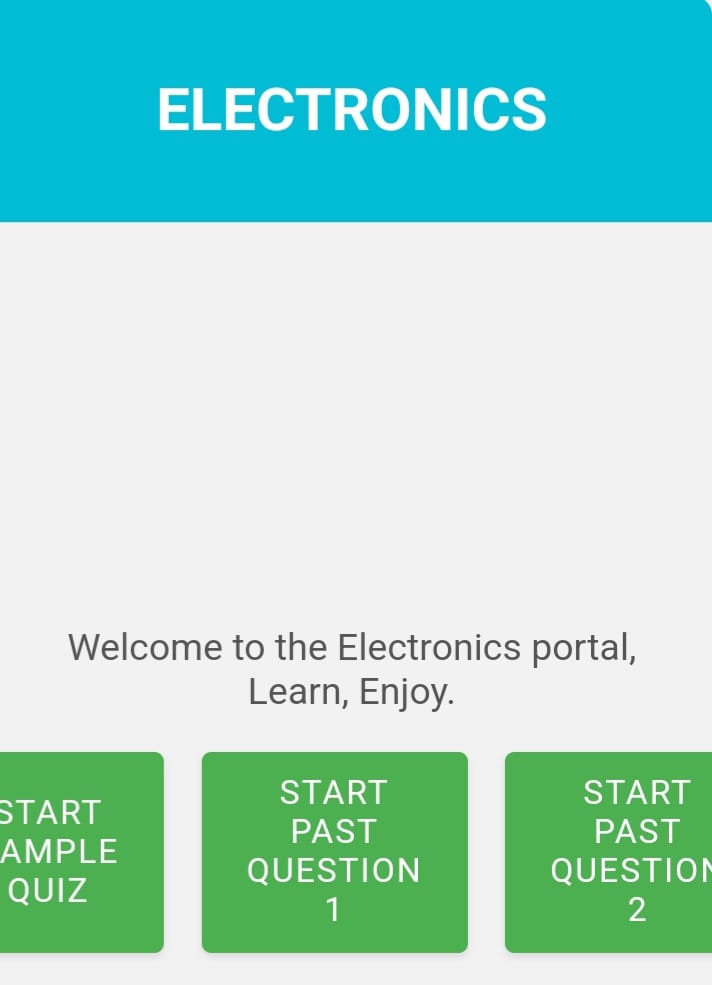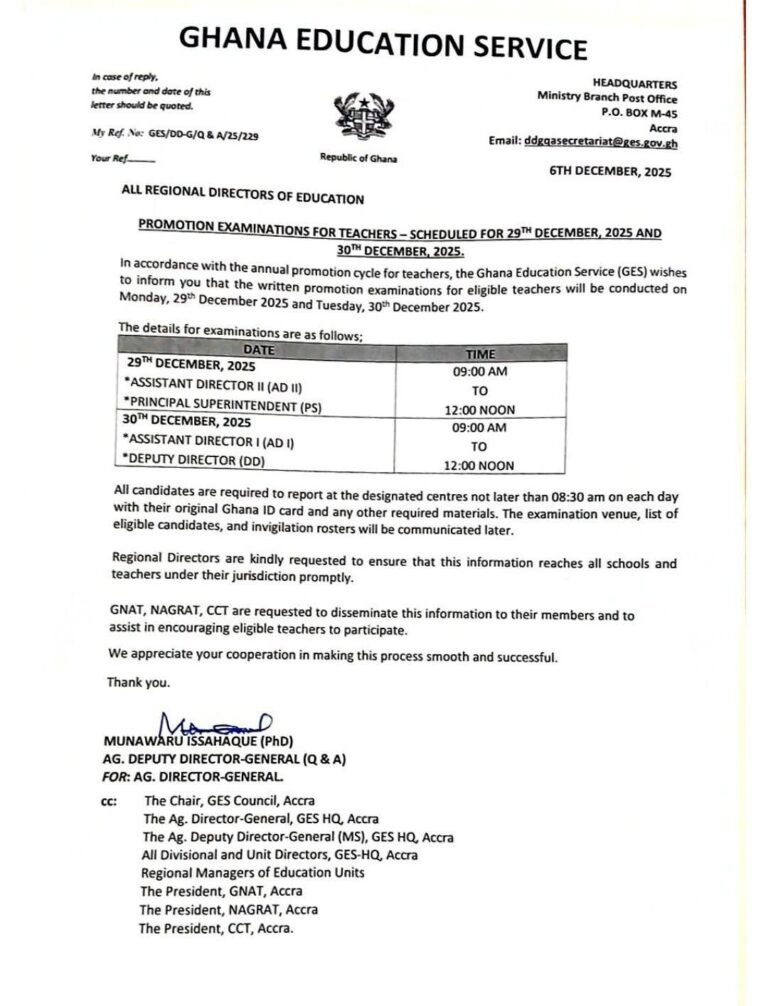
Comprehensive Electronics Curriculum for Teacher Licensure Examinations
National Teaching Council (NTC)
Content Development and Assessment Framework
This structured guide presents the Content Areas, Competencies, and Test Specifications for Electronics in the Ghana Teacher Licensure Examinations.
Core Content Areas & Learning Outcomes
1. Foundations of Electronics
Key Concepts:
-
Distinction between electronics and electrical systems
-
Thermionic emission principles
-
CRT design fundamentals
Practical Applications:
-
Comparative analysis: Electronics vs. Electrical Engineering
-
Designing basic CRT components
2. Semiconductor Technology
Key Concepts:
-
Band theory applications
-
N-type/P-type semiconductor characteristics
-
Bridge vs. center-tapped rectifiers
Hands-On Learning:
-
Experiment: Testing semiconductor properties
-
Rectifier circuit efficiency comparison
3. Circuit Components & Analysis
Passive Components:
-
Resistor, capacitor, inductor functionalities
-
Kirchhoff’s Laws applications
Active Components:
-
Transistor configurations (amplifiers/switches)
-
SCR, DIAC, TRIAC operations
Problem-Solving Tasks:
-
Thevenin’s theorem circuit simplification
-
Designing transistor-based oscillator circuits
4. Measurement & Instrumentation
Key Skills:
-
Proper use of multimeters, oscilloscopes
-
Error minimization techniques
Lab Activities:
-
Calibration exercises
-
Signal measurement practicals
5. Communication Systems
Core Topics:
-
Modulation/demodulation techniques
-
Electromagnetic spectrum management
-
Antenna types and applications
Projects:
-
Building simple AM/FM transmitters
-
WiFi signal optimization case study
6. Digital Electronics & IC Design
Essential Knowledge:
-
Binary/hexadecimal number systems
-
Logic gate truth tables
-
Op-amp configurations
Design Challenges:
-
Creating combinational circuits
-
PCB layout fundamentals
7. Environmental Responsibility
Critical Areas:
-
E-waste disposal protocols
-
Sustainable recycling methods
Community Projects:
-
School e-waste collection program
-
Environmental impact assessments
Assessment Blueprint
| Content Area | L1 (Recall) | L2 (Skills) | L3 (Analysis) | L4 (Design) | Total |
|---|---|---|---|---|---|
| Fundamentals | 1 | 2 | 3 | 3 | 9 |
| Semiconductors | 1 | 4 | 3 | 2 | 10 |
| Circuit Analysis | 3 | 7 | 8 | 9 | 27 |
| Instrumentation | 2 | 2 | 4 | 4 | 12 |
| Communication Tech | 2 | 3 | 4 | 3 | 12 |
| Digital Systems | 4 | 3 | 4 | 5 | 16 |
| E-Waste Management | 1 | 1 | 1 | 1 | 4 |
| Total | 15% | 25% | 30% | 30% | 100% |
Key Pedagogical Features
Applied Learning Focus
-
60% Higher-Order Skills: Circuit troubleshooting, system design
-
Industry-Aligned Projects:
-
Smart home sensor networks
-
Solar-powered device prototypes
-
Safety Integration
-
Lab safety protocols
-
Hazardous material handling
Emerging Technologies
-
IoT applications
-
Renewable energy systems
Educator Resources
Teaching Tools
-
Circuit simulation software guides
-
DIY measurement instrument projects
Assessment Innovations
-
Practical circuit debugging exams
-
E-waste management proposal evaluations
Professional Development
-
Emerging tech workshops
-
Industry partnership programs
FOR THE QUESTIONS CLICK HERE: https://ntc.gov.gh/practice_test/electronics/
Follow us for more updates: https://whatsapp.com/channel/0029VaCyYGIFHWpx22L38a2K




